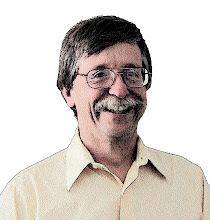 Robert Schwartz and Archives International Auctions just issued their latest offering of bank notes and stocks and bonds from the American Bank Note Company Archives.
Robert Schwartz and Archives International Auctions just issued their latest offering of bank notes and stocks and bonds from the American Bank Note Company Archives.The latest catalog is another beautiful compilation with full color throughout. There are 2,034 lots to be autioned in New York on Friday and Saturday, October 22 and 23. As always with events like this, the intervening time will pass very quickly. Please make sure you get your catalog as soon as possible and make sure you get your bids in right away.
Like the last couple auctions, this sale focus heavily on worldwide bank notes. Nonetheless, railroading and mining stocks and bonds are very well represented.
I count 255 lots of rail-related stocks and bonds from the western hemisphere. (U.S. = 235, Canada = 8, Mexico = 11 and Haiti = 1). As expected, there are probably a 100, maybe 150, certificates that have never been reported before. The majority of the new certificates are specimens that are either unique or nearly so.
There are too many new certificates to try to pick out a few to discuss. Merely let me say that if you are a serious collector, you cannot help but find something you'll want.
I have no idea how many more sales of American Bank Note Company bank notes and certificates Schwartz has planned. But I am warning everyone that the supply is NOT bottomless. I count 12 MAJOR sales of material from the ABNCo archives since 1988, five of which are attributable to Robert Schwartz. On top of that, you can add another 15 sales of unique ABNCo printing plates that have appeared among Stacks' sales of coins and paper money. Twenty-two years of sales of collectibles from one company is hard to imagine, let alone grasp! When that supply is gone – and I don't know when that will be – prices for these unique items are only going to climb. Do not complain if you're priced out of the market in the future because you didn't participate today.
(Don't know what you've already missed? After you've ordered your catalog from Archives International, go to a special page on my web site showing all past sales of items from the ABNCo archives.)
You may order your catalog from Archives International Auctions via its web site. You may also talk to a live person at 201-567-1130. But please don't wait.



